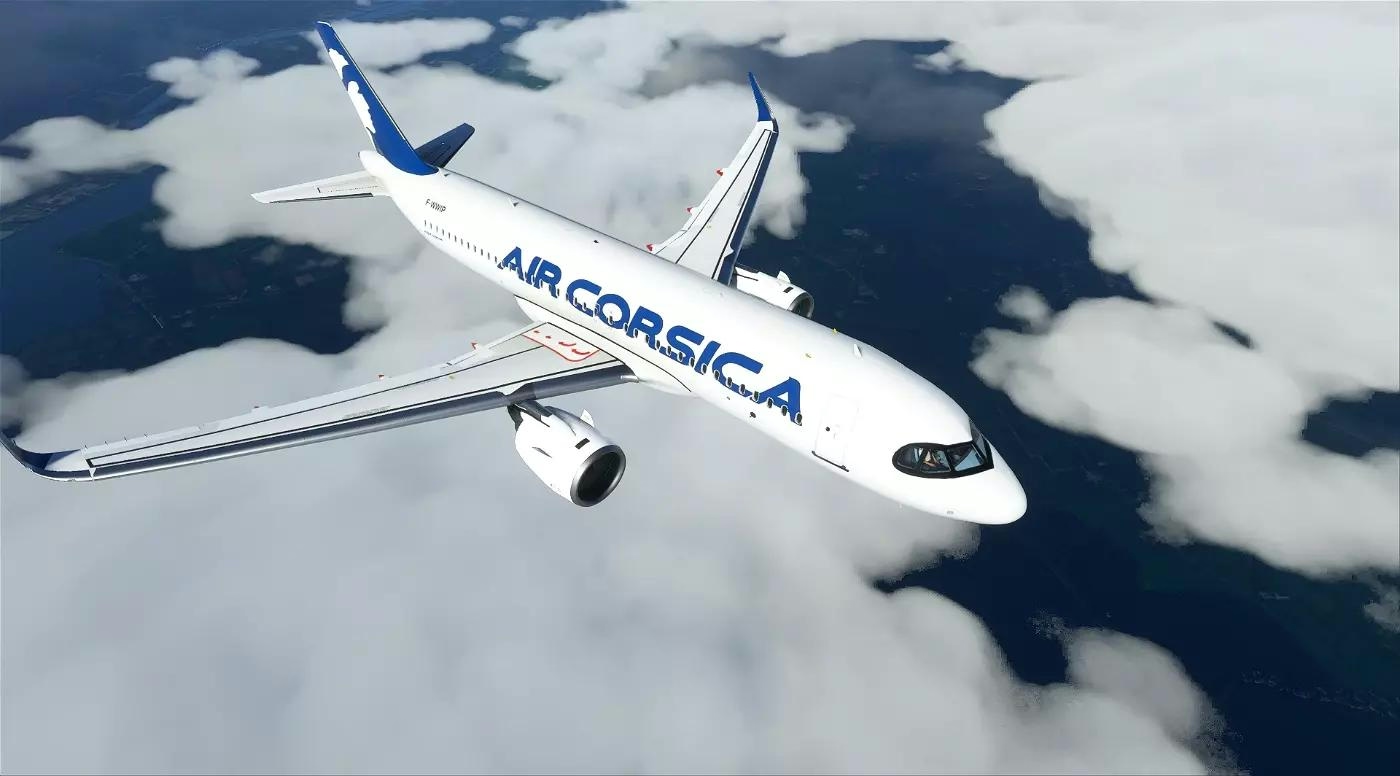
AeroGenie – Ihr intelligenter Copilot.
Trends
Categories
IATA Chief Outlines Future Challenges for Global Aviation
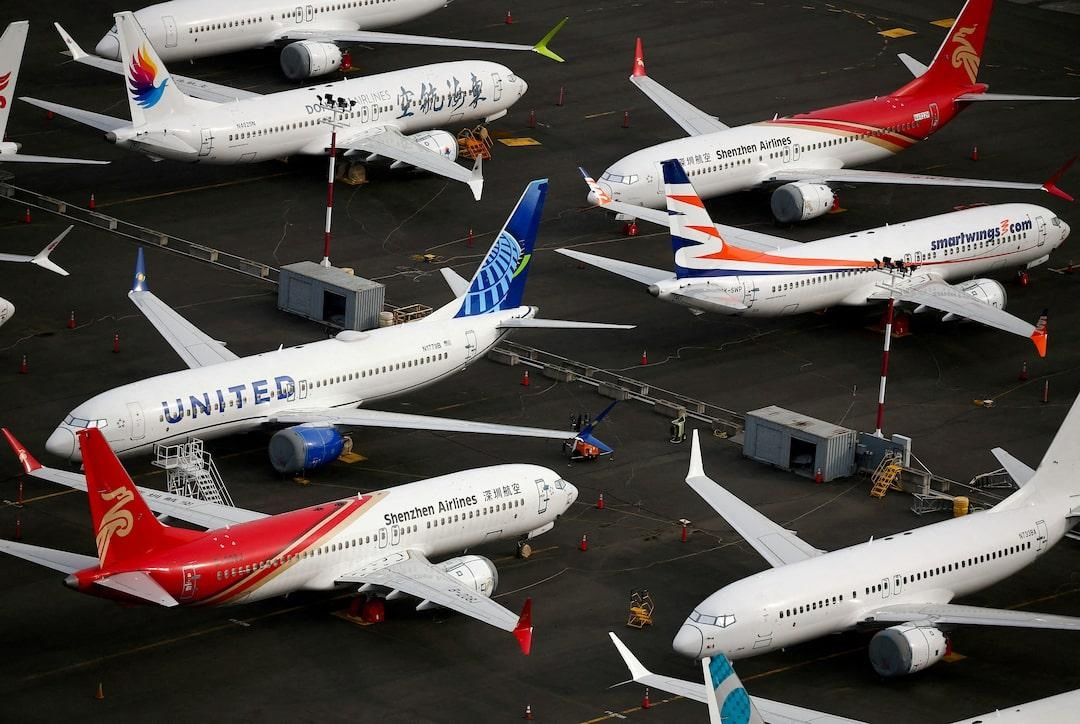
IATA Chief Outlines Future Challenges for Global Aviation
The global aviation industry is poised to navigate a complex and evolving landscape in 2025, marked by both promising opportunities and significant challenges. International Air Transport Association (IATA) Director General Willie Walsh provided a comprehensive overview of the sector’s prospects during the IATA annual general meeting in Delhi, addressing critical issues such as tariffs, supply chain disruptions, policy decisions, and geopolitical tensions.
Economic Outlook and Industry Performance
Despite the headwinds facing the industry, IATA projects that 2025 will outperform 2024, albeit falling slightly short of earlier optimistic forecasts. Passenger revenues are expected to reach a record $693 billion, representing a 1.6% increase over the previous year, supported by an additional $144 billion in ancillary revenues. Net profit margins are forecast to improve modestly from 3.4% in 2024 to 3.7% in 2025, a development partly attributed to a 13% decline in jet fuel prices compared to last year. These figures suggest a cautiously positive trajectory for airlines, even as they confront mounting operational and strategic pressures.
Key Challenges Facing the Aviation Sector
Walsh highlighted several critical challenges that threaten to impede the industry’s recovery and growth. Foremost among these is the potential reintroduction of tariffs on aerospace components, including aircraft engines. He underscored the importance of maintaining the exclusion of aerospace products from tariff regimes, as established by the 1979 agreement, warning that any reversal could destabilize the finely tuned global aviation supply chain. Walsh also cautioned against the use of tariffs as a justification for price increases by manufacturers and suppliers, emphasizing that higher aircraft costs would be strongly resisted by airlines.
Supply chain constraints remain a significant barrier to expansion, with delays in aircraft deliveries and parts availability limiting capacity growth. Walsh noted that passenger demand has rebounded robustly, resulting in record-high load factors exceeding 84%, surpassing the previous peak of 82.6% recorded in 2019. This capacity crunch means many flights are operating at or near full occupancy, restricting airlines’ ability to increase service and meet growing demand.
Policy decisions, particularly in relation to Sustainable Aviation Fuel (SAF), also drew sharp criticism. Walsh singled out the European Union’s SAF mandates as ineffective and potentially detrimental to the competitiveness of European carriers. He warned that such policy missteps risk placing these airlines at a global disadvantage, undermining efforts to promote sustainable growth within the sector.
Operational costs are rising, and demand is softening in key markets, notably North America. Walsh attributed this trend to weakening consumer confidence and ongoing trade tensions, which have dampened earlier demand projections. These factors compound the challenges airlines face in maintaining profitability and growth momentum.
Geopolitical risks further complicate the outlook. Walsh expressed concern over the erosion of global trade rules, cautioning that continued weakening could harm both the broader global economy and the air travel industry. The emergence of new tariffs and supply chain bottlenecks adds layers of uncertainty that require careful management.
Outlook and Industry Response
Despite these multifaceted challenges, Walsh conveyed a cautiously optimistic view of the industry’s future. He anticipates that airlines will transport more passengers and cargo in 2025 than in the previous year. However, he emphasized the necessity for industry stakeholders to remain vigilant and proactive in addressing the evolving risks to ensure sustainable growth and resilience in the face of ongoing uncertainties.
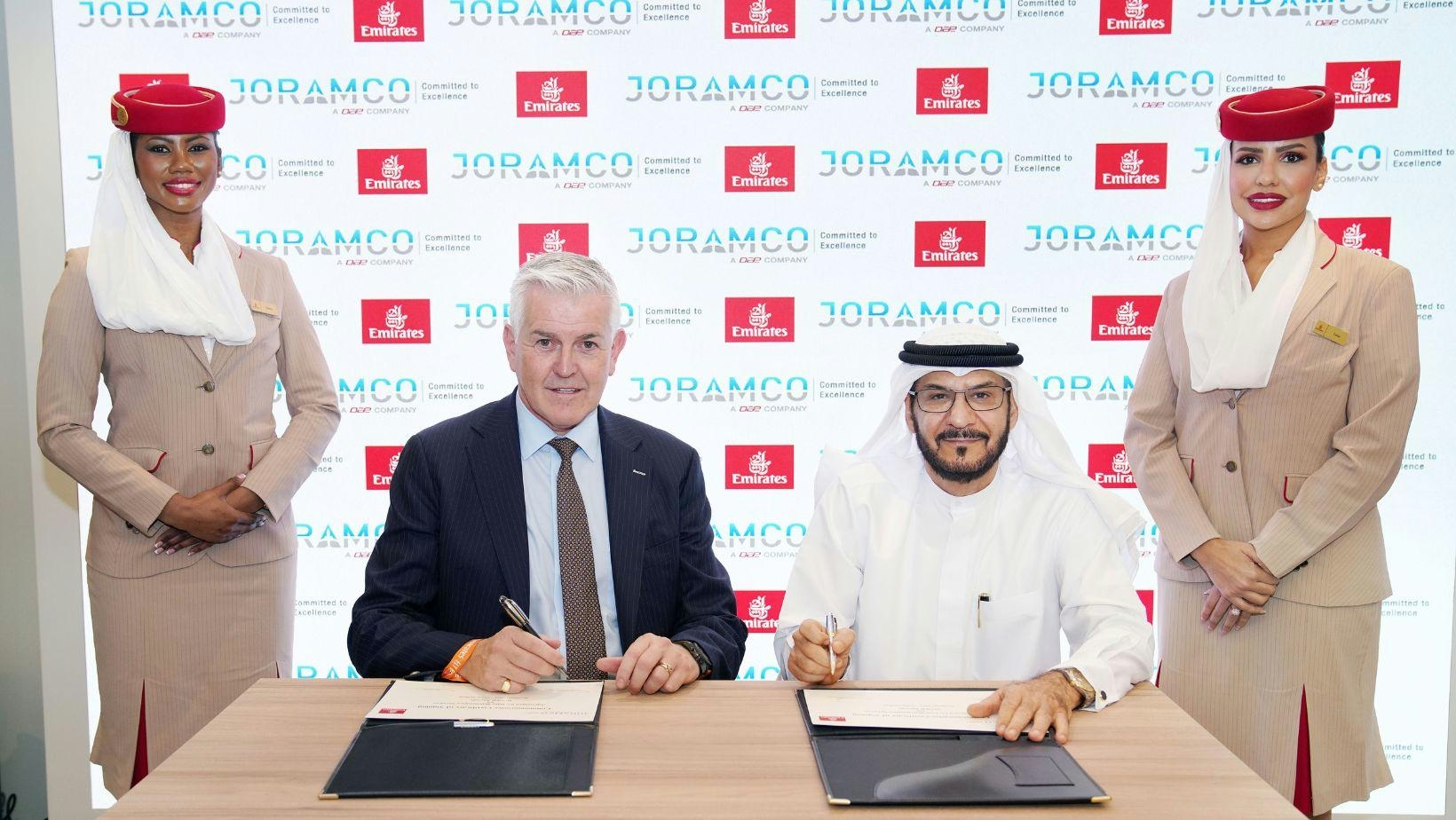
Joramco Signs New Agreements with Emirates and SalamAir at Dubai Airshow
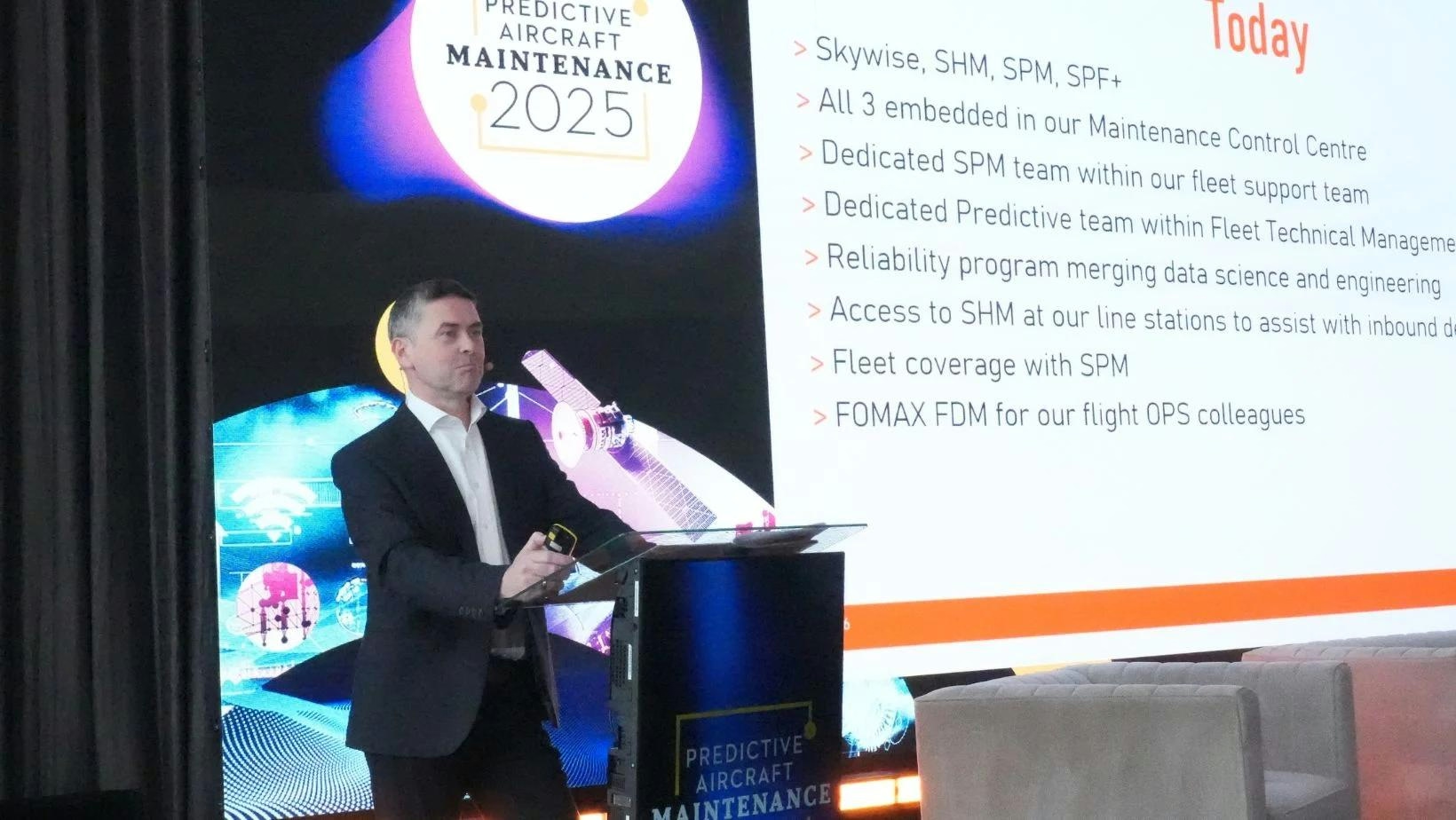
easyJet Highlights Reliability Improvements Ahead of PAM Dublin 2025

PAL, Citi, and UKEF Finalize Financing for Rolls-Royce Trent XWB-97 Engine
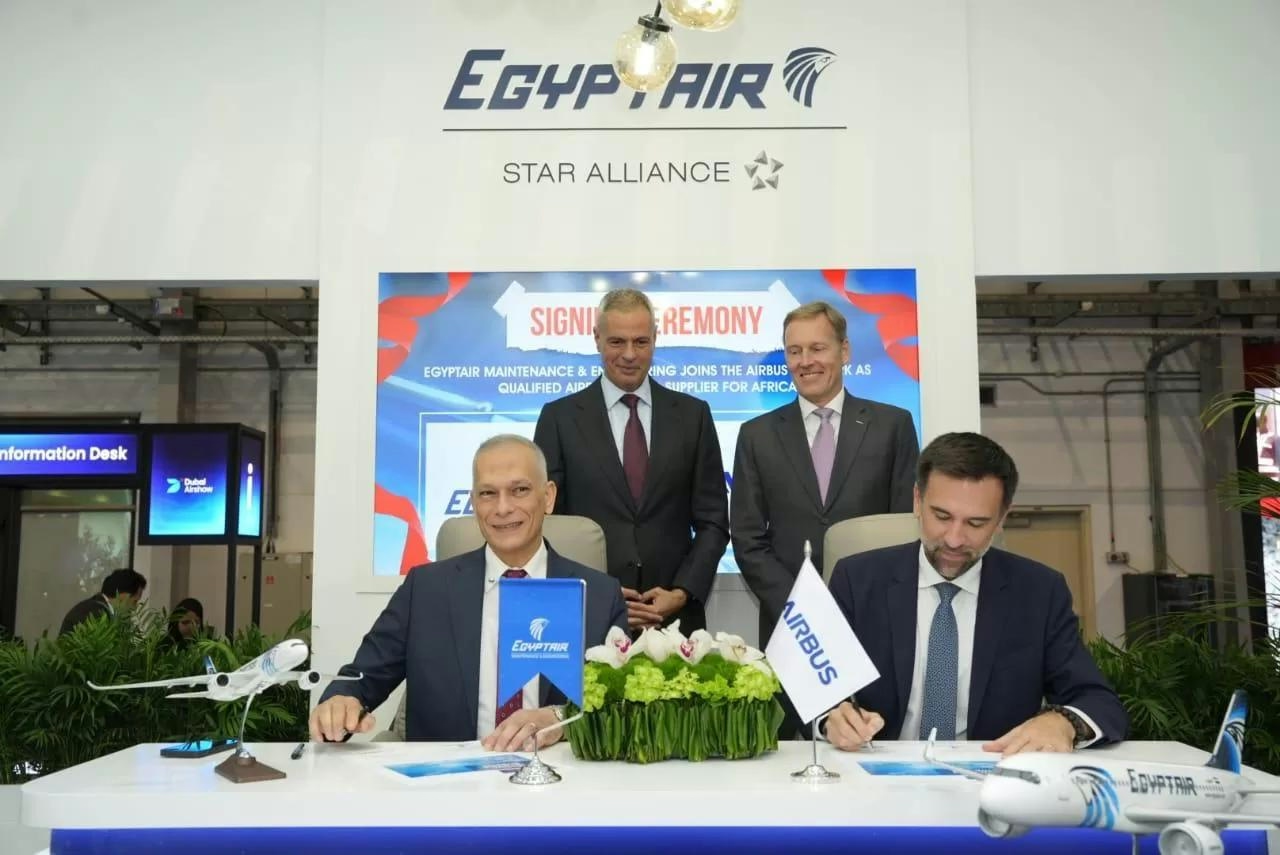
EgyptAir Obtains Airbus Certification for Structural Maintenance
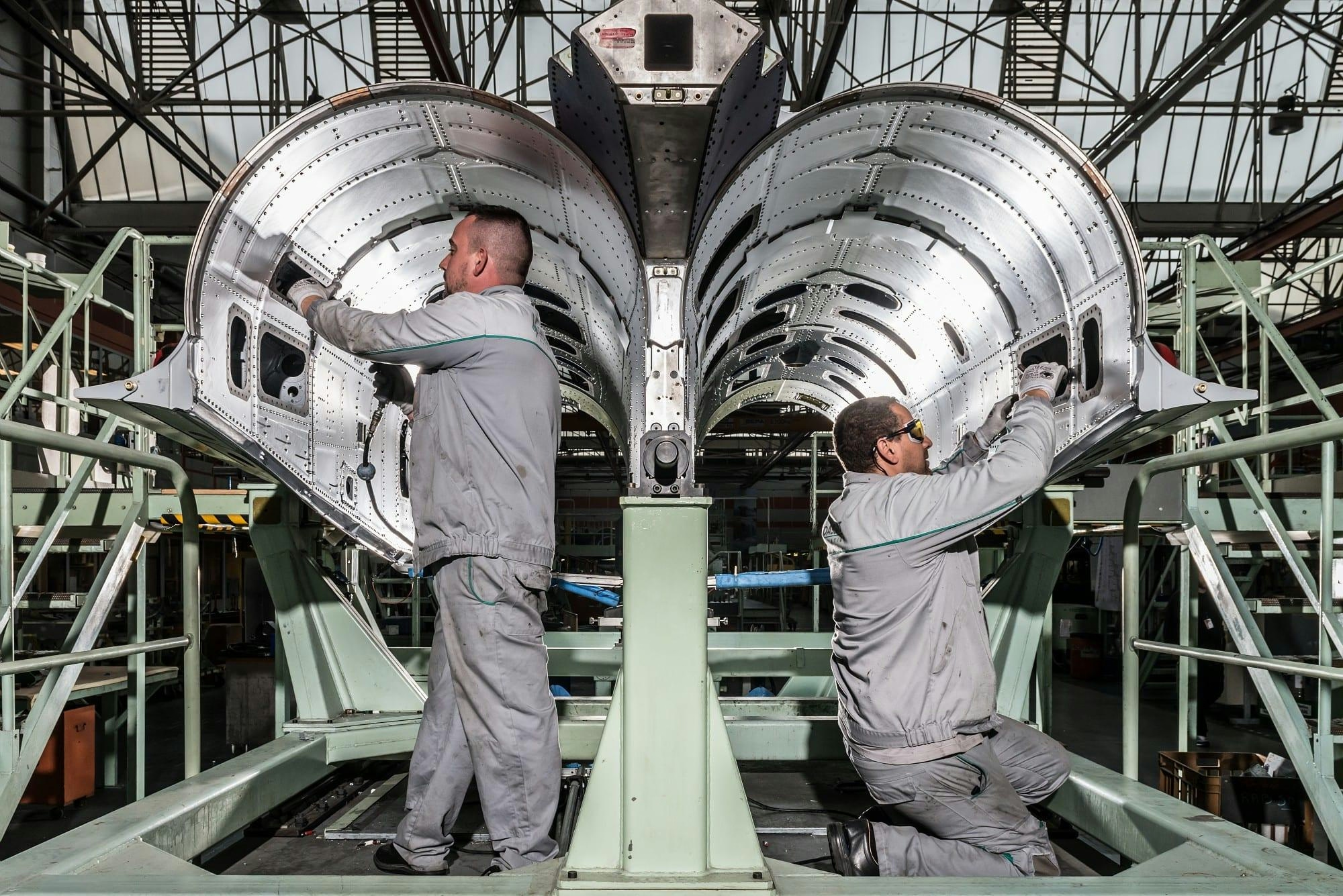
Tata Projects and ASI Global to Build Aircraft Maintenance Facilities in India
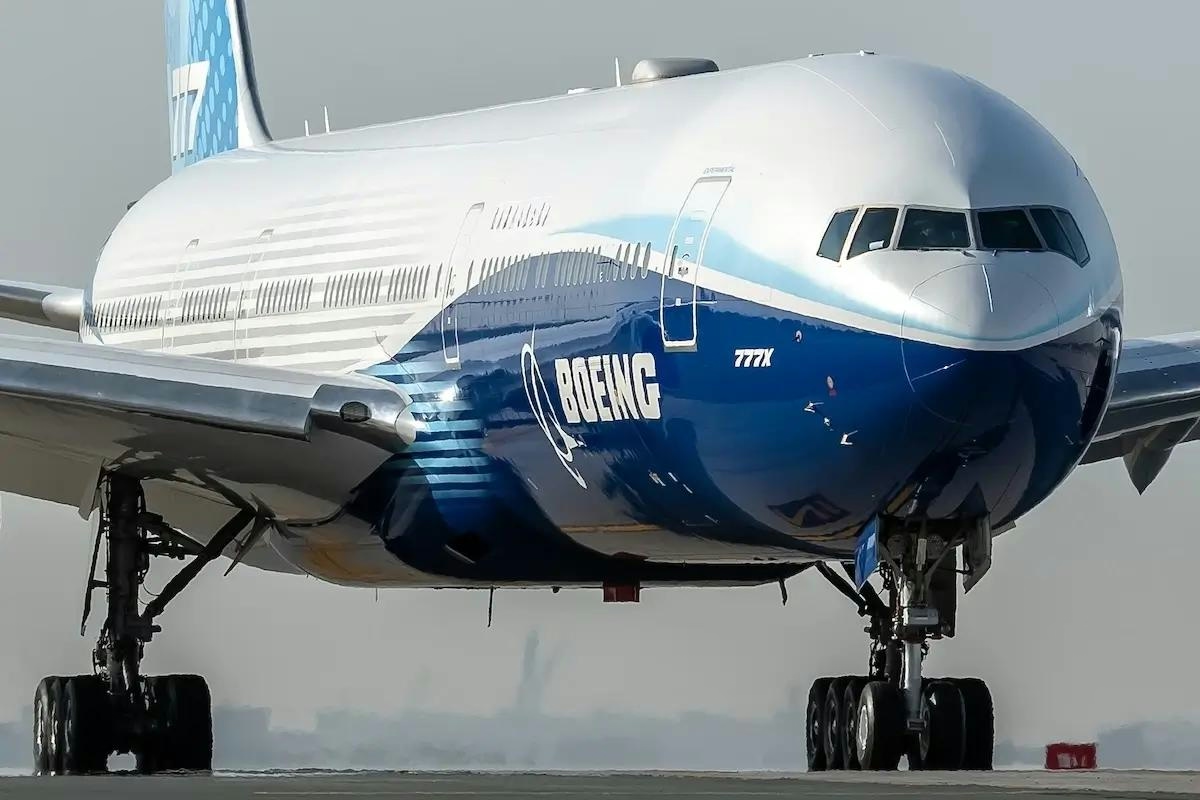
Boeing Studies Takeoff Performance in 777-10 Feasibility Analysis
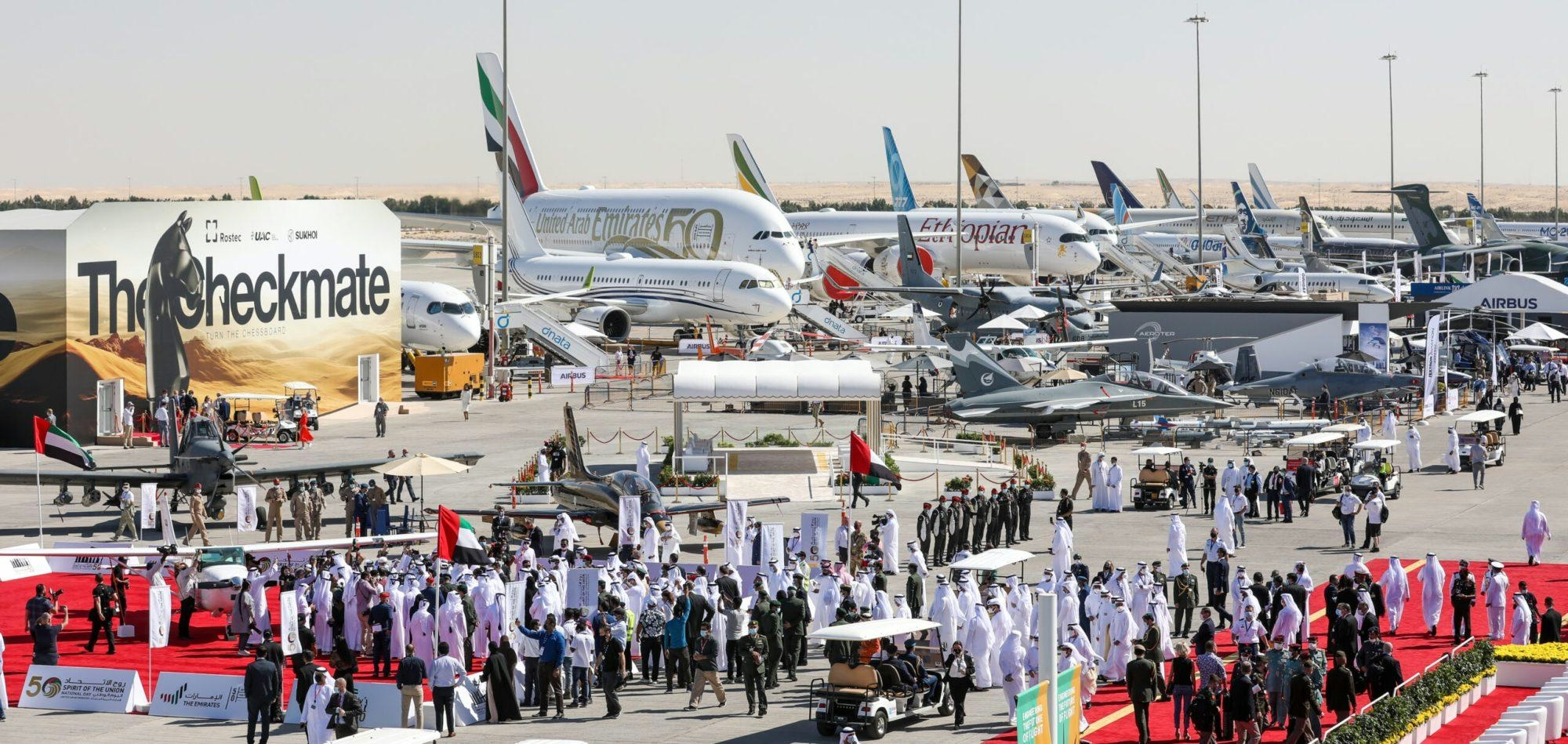
Airbus Secures 150-Jet Order from flydubai, Challenging Boeing
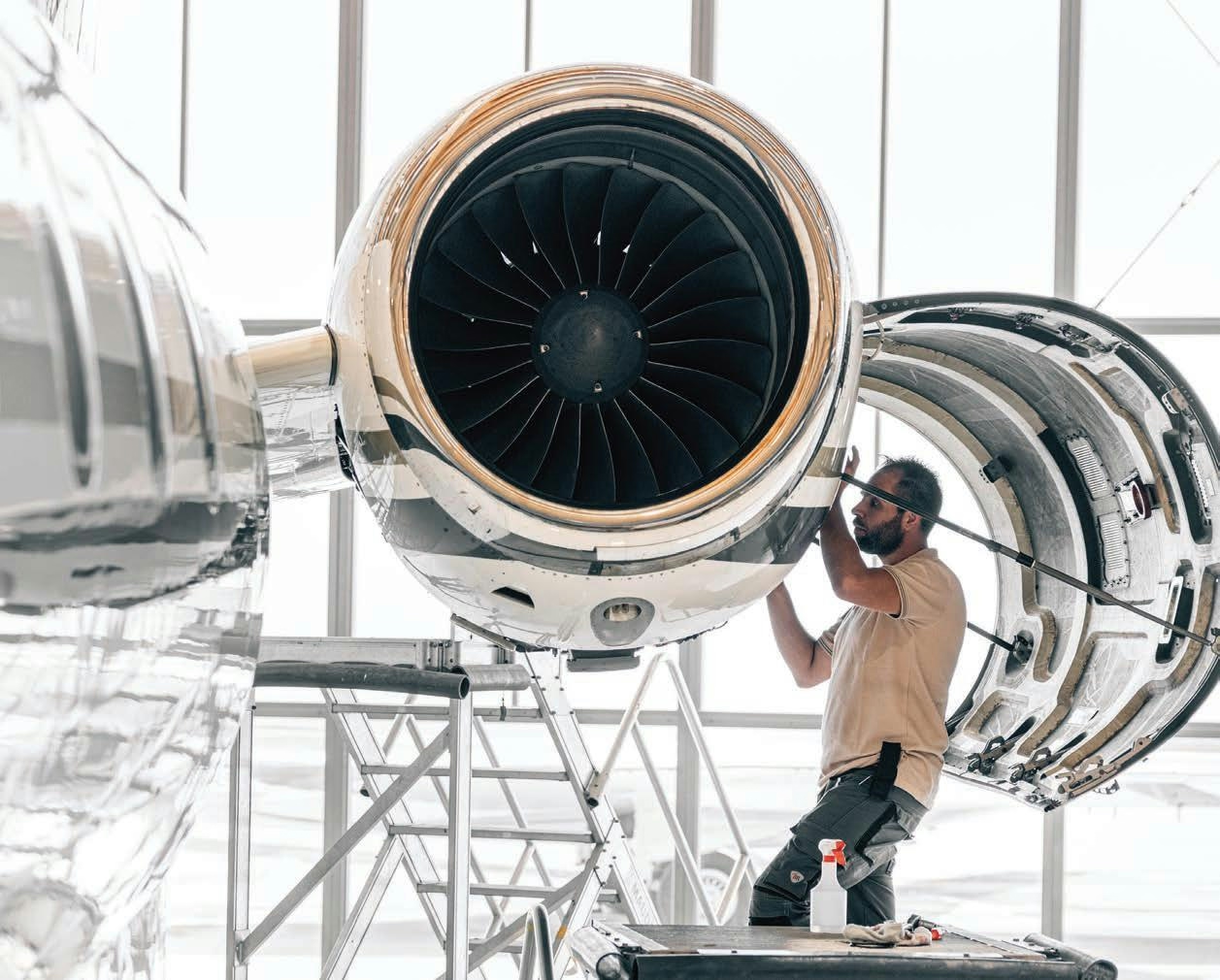
AMAC Aerospace Switzerland and Alpha Star Aviation Services Sign Agreement at Dubai Airshow 2025

Uzbekistan Airways to Acquire Airbus A321neo from ICBC Aviation Leasing
